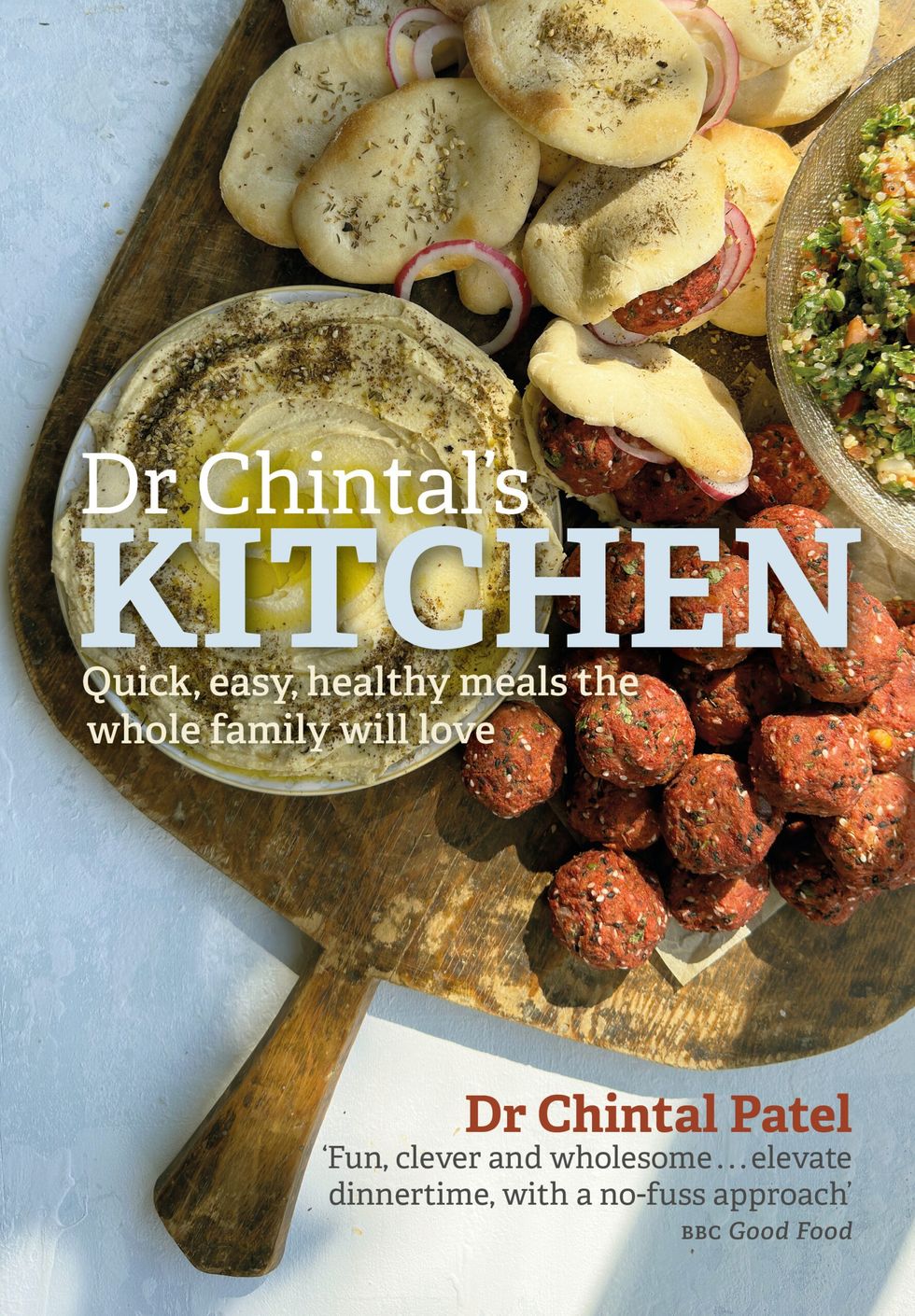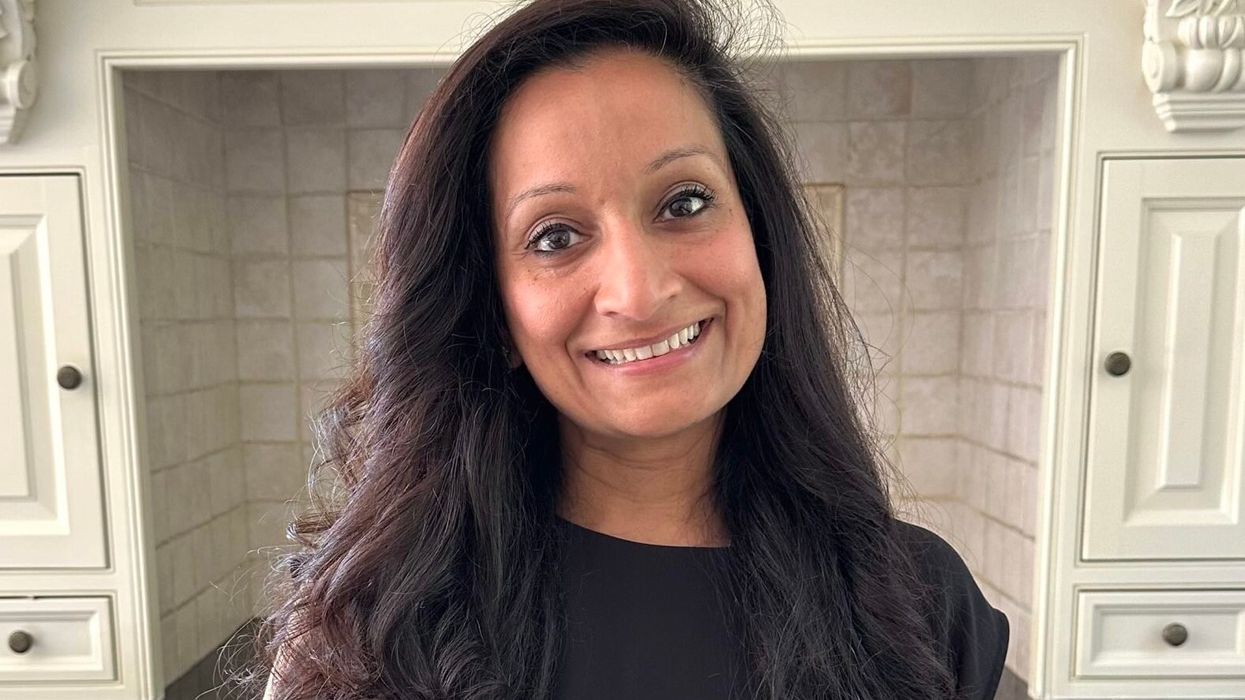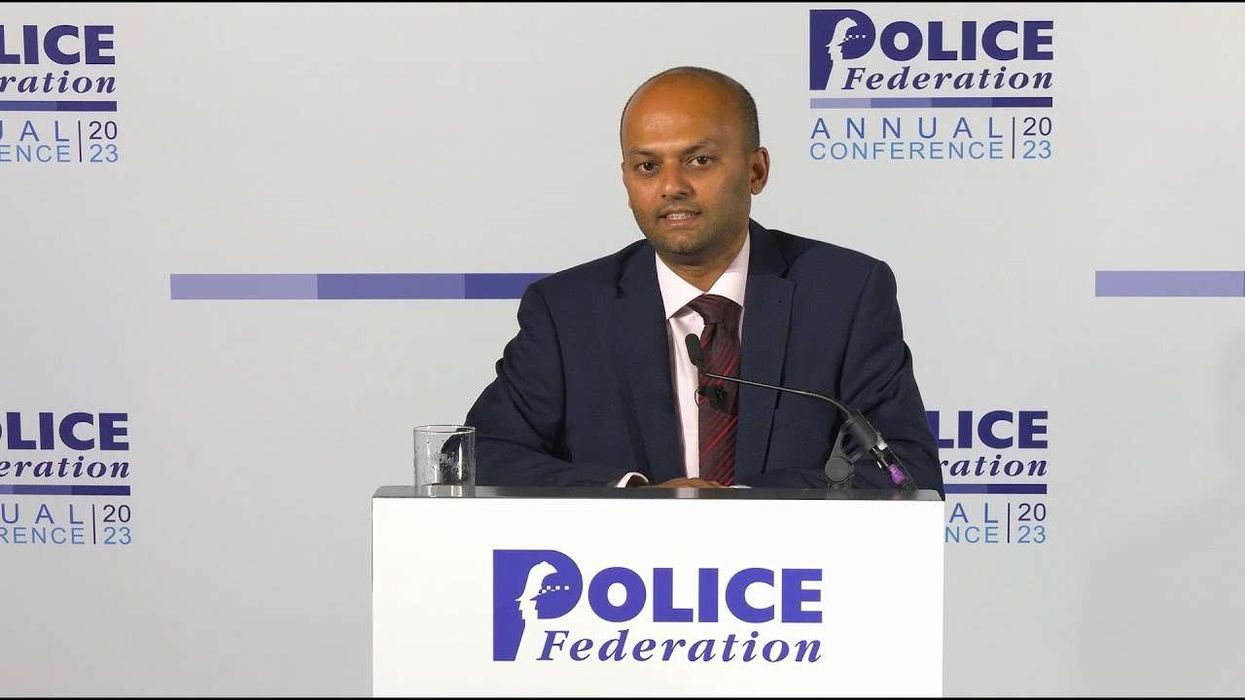A MISSION to transform cooking and eating led Dr Chintal Patel towards writing a newly published book with quick, easy, healthy meals for the whole family.
With Dr Chintal Patel’s Kitchen, the London-based NHS GP with over 20 years of experience has created a cookbook that aims to empower families with wholesome, affordable, and accessible meals.
Eastern Eye caught up with the award-winning recipe writer to discuss her delightful debut book, what families will gain from it and top cooking tips.
What first connected you to cooking?
Cooking has been a part of my life from my childhood. Initially from necessity, my immigrant parents had to leave almost everything behind in East Africa when they moved to the UK. They worked long hours, so the only way of getting dinner at a reasonable time was to all chip in and help to cook it.
What inspired you to write this cookbook?
I couldn’t put it down to one thing. Throughout my life there has been inspiration in different ways. From childhood and sharing the wisdom of my parents to becoming a mother myself and wanting to provide my children with the best possible start in life. It’s the book I wish I had in my kitchen when I started my own home. I hope it will be the book my boys take to university when they start cooking more for themselves.

Tell us about the book.
The first part of the book teaches you about evidence based nutrition so that you can understand why it’s important to think about what we are eating and the effect it has on our bodies. The second part puts that theory into practice with quick, easy, delicious recipes anyone can make. You don’t need to be an experienced cook to make my recipes. My aim is to make life easier for you in the kitchen.
Can you elaborate on some time-saving features, like the 15-minute meals section?
As a working parent, I understand the challenges families face with that daily question ‘what shall we have for dinner tonight?’ The 15 minute ‘life saver’ recipes, are for those days when time really is precious and you need to get dinner on the table fast. Most of the recipes in my book are quick to make, but this particular chapter is superfast.
How does the book cater for the different dietary needs and preferences of a family?
Throughout the book, I offer simple swaps to adjust for preferences; it might be as simple as omitting chilli in part of a recipe for children or swapping a vegetable for a preferred alternative to my ‘make it vegetarian boxes’ that allow you to easily make every non-veg recipe vegetarian, if you wish.
The book includes chapters like Friday-night Feasts. How does it balance healthy weeknight meals with more celebratory dishes?
For me, cooking and eating is about the enjoyment of food as well as for sustenance. I don’t restrict any foods (unless I don’t like them). When it comes to nutrition, I believe in a balanced approach to food – focus on what to include in your diet rather than what to restrict.
How does the book address the challenges of getting children to eat a healthy variety of foods?
In the introductory chapter, I talk about looking beyond just recipes, getting children involved as well as igniting their curiosity around food from an early age. Even babies can improve their motor skills by playing with dough (with supervision) or other textured foods.
From helping with shopping lists and trips to the supermarket to experimenting and cooking recipes, all of these encourage children to have healthy conversations and relationships around food.
How can families on a tight budget use this book to create nutritious and affordable meals?
I talk about eating on a budget and share top tips to reduce the cost of healthy eating in the introductory chapter. Throughout my book, I try to offer suggestions for seasonal or more cost effective swaps wherever possible.
What do you hope families will gain most from using your cookbook?
Insights into how diet can significantly impact on your health allowing them to take full control of what they put on their families plates every day with quick easy tips and recipes. I would love for this to be the recipe book you turn to for inspiration, flecked with turmeric and all the other colours of the rainbow, with every other page earmarked as a family favourite. My aim is to empower families to cook together more and enjoy nutritious food, while saving time and money.
What top cookery tip would you give?
Don’t be afraid of experimenting with herbs and spices. You can totally transform a simple recipe with one or two simple herbs and spices.
What is a good cookery tip for beginners?
Experiment with recipes after trying them once. Have fun, switch up ingredients and tweak recipes. Except when it comes to baking, which is an exact science. Weigh everything to the gram.
What advice would you give aspiring food writers?
Never ever give up. Keep doing what you are doing. If you truly believe in what you are doing, life always has a way of making things happen. Manifest it.
What is the plan going forward?
I feel every chapter in my book is a taster. One day, it would be incredible for each chapter to be its own standalone book. A cookbook dedicated to 15 minute easy recipes would be top of my list, along with a book for university students; quick, healthy recipes on a budget. I recently started a YouTube channel and plan to share longer educational content.
Why should we all pick up your new book?
Because this book will show you that healthy eating and delicious food go hand in hand and every meal can be a celebration of both.
Instagram: @drchintalskitchen






 Why UK audiences are turning to Indian mythology — and the OTT releases driving the trend this year Instagram/Netflix
Why UK audiences are turning to Indian mythology — and the OTT releases driving the trend this year Instagram/Netflix  Indian MythologyInstagram/
Indian MythologyInstagram/






